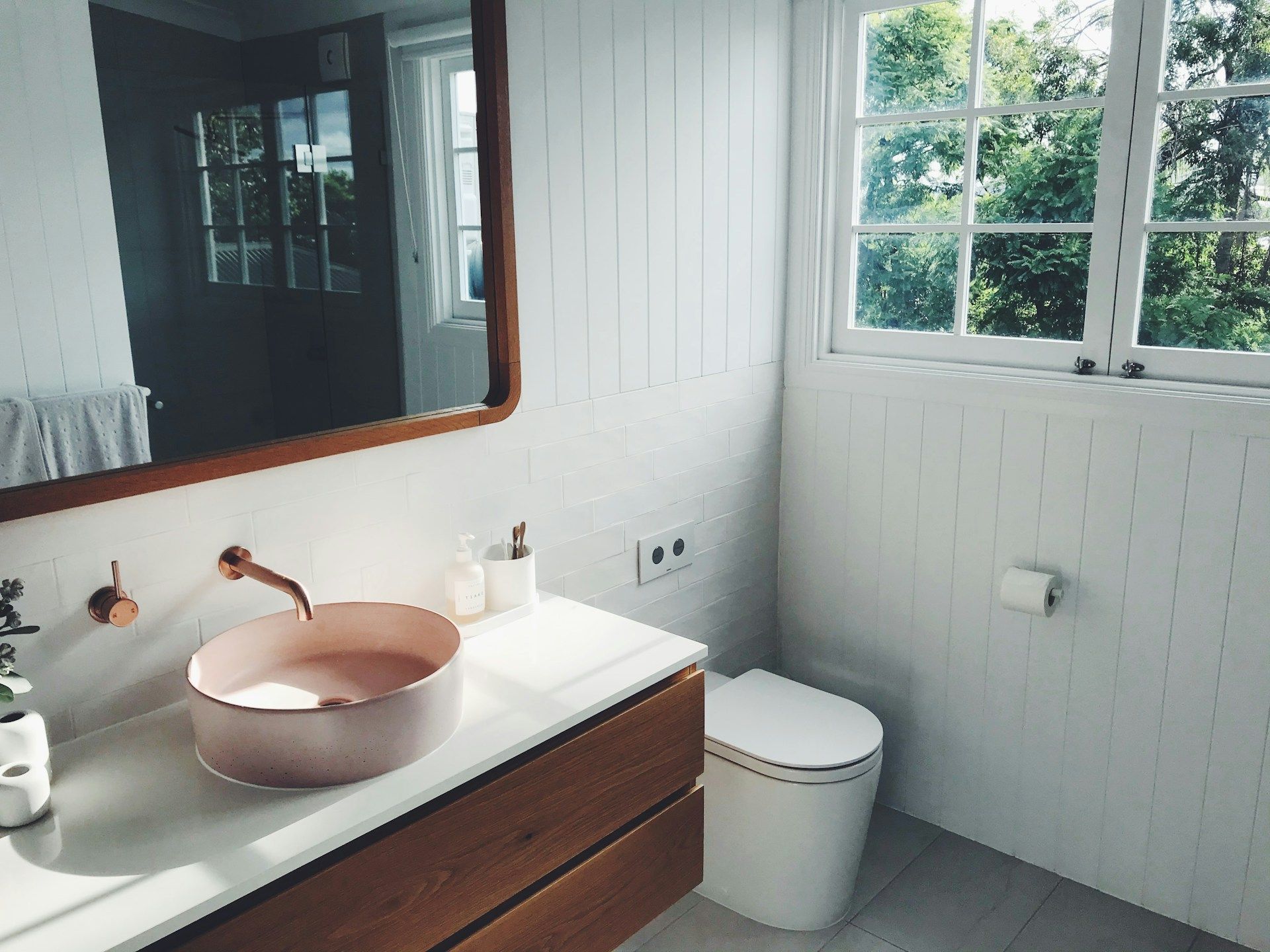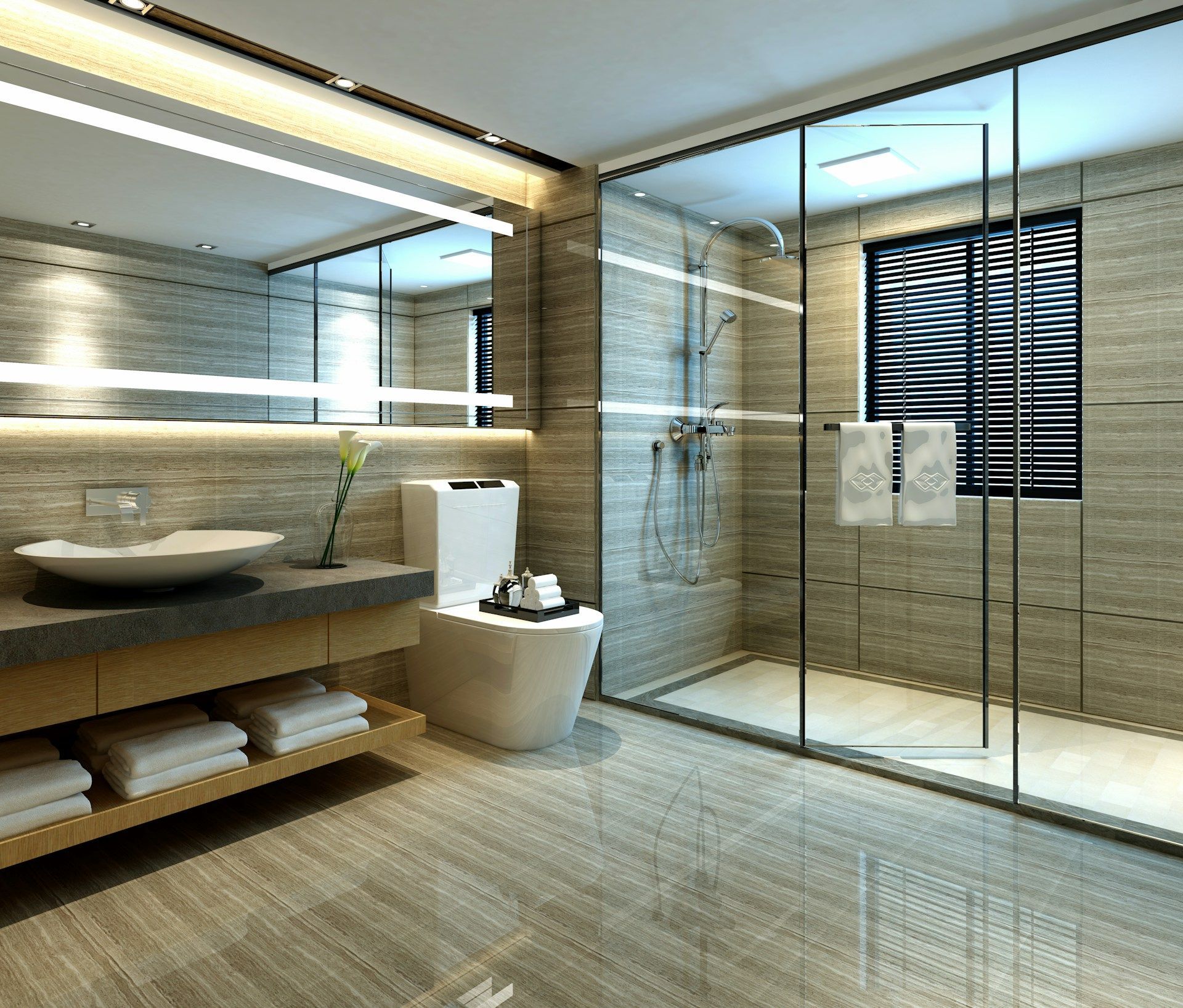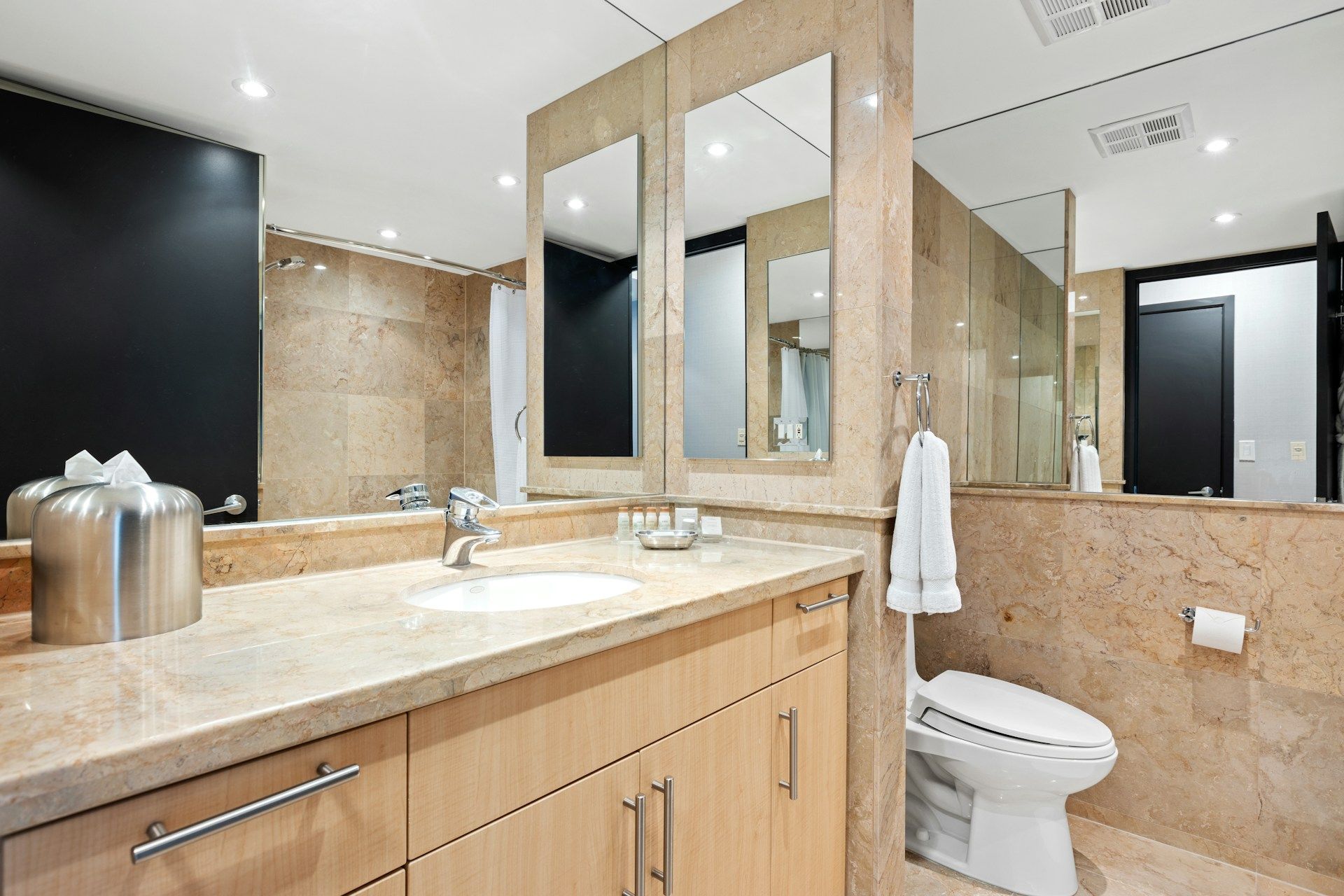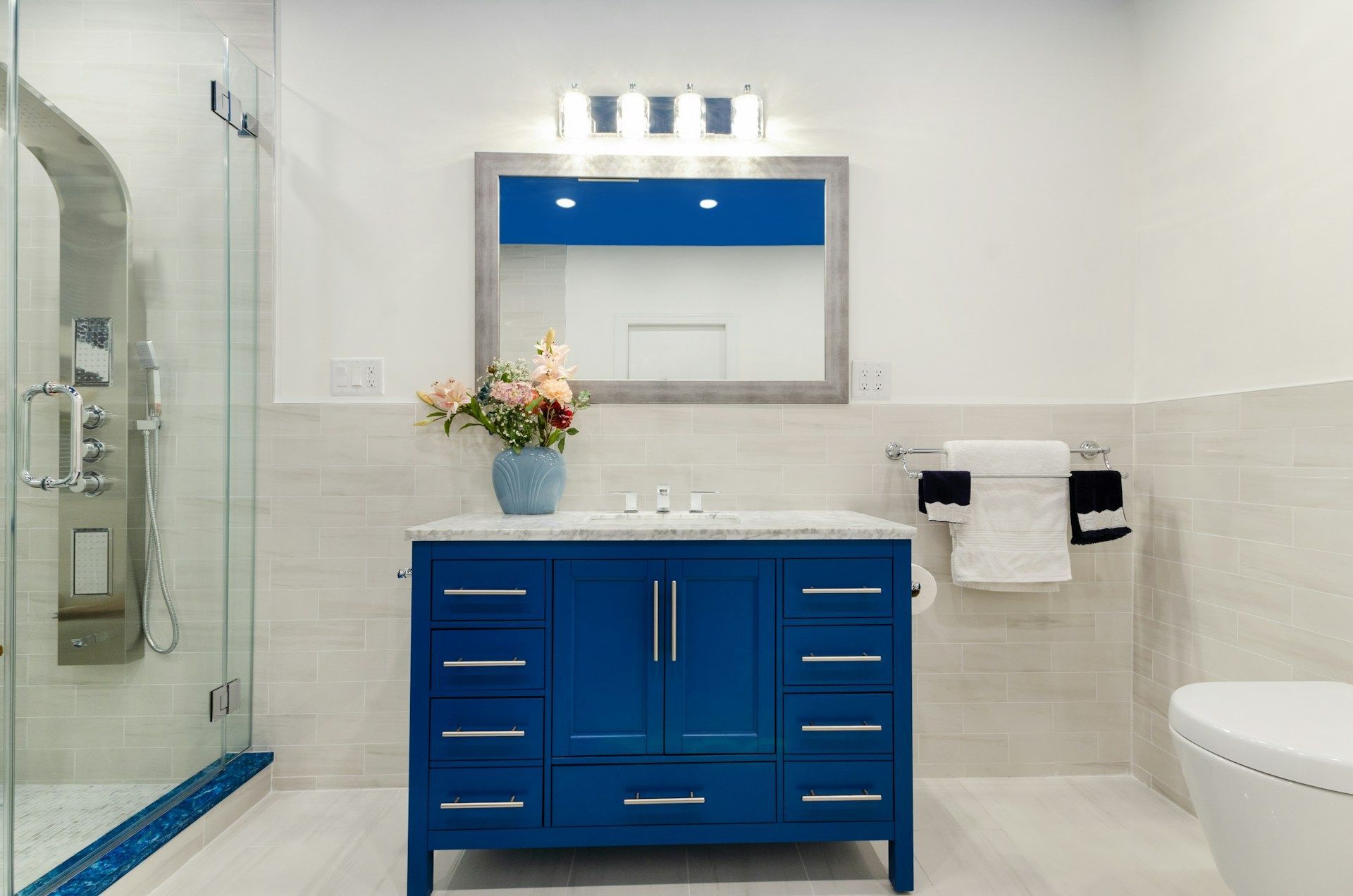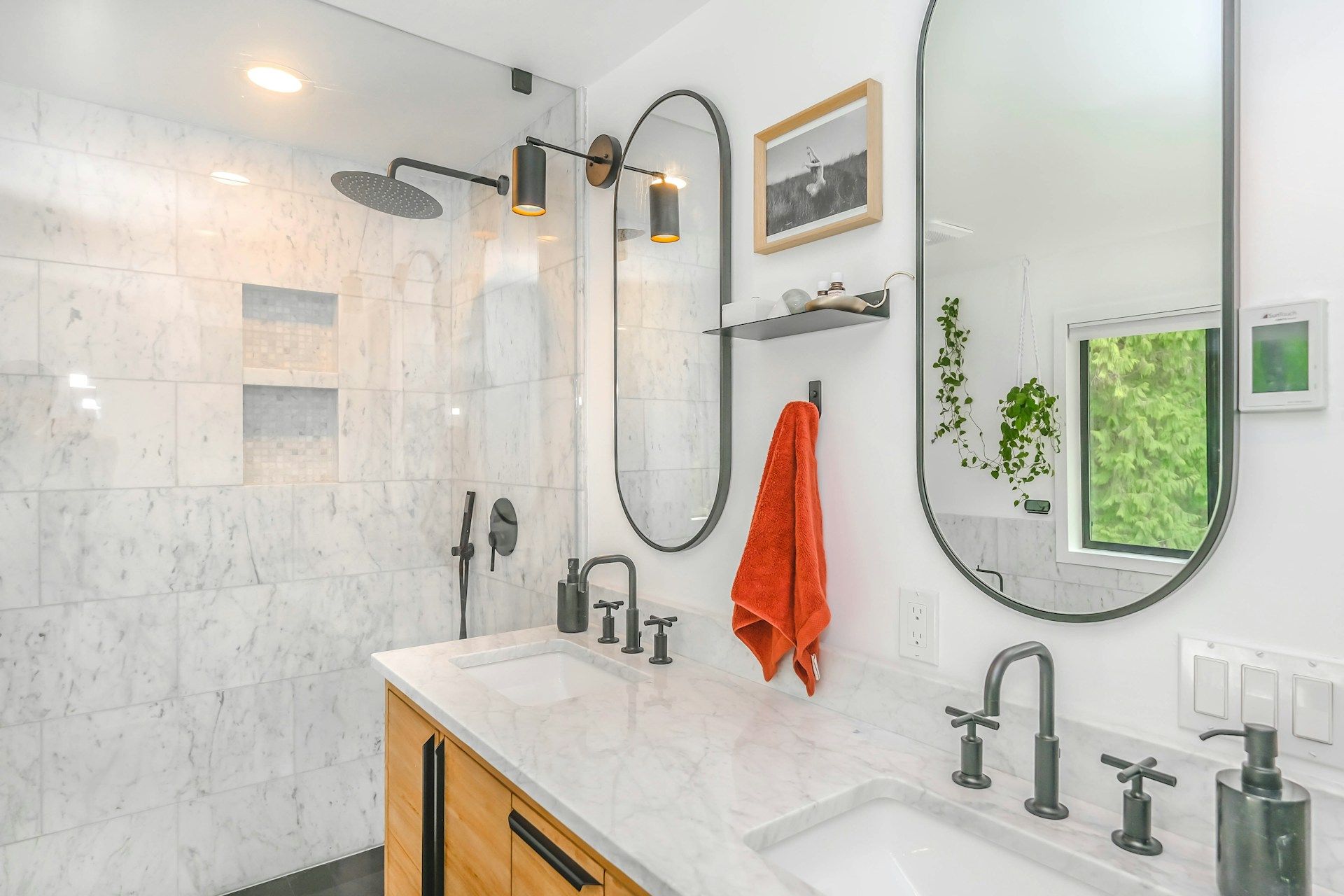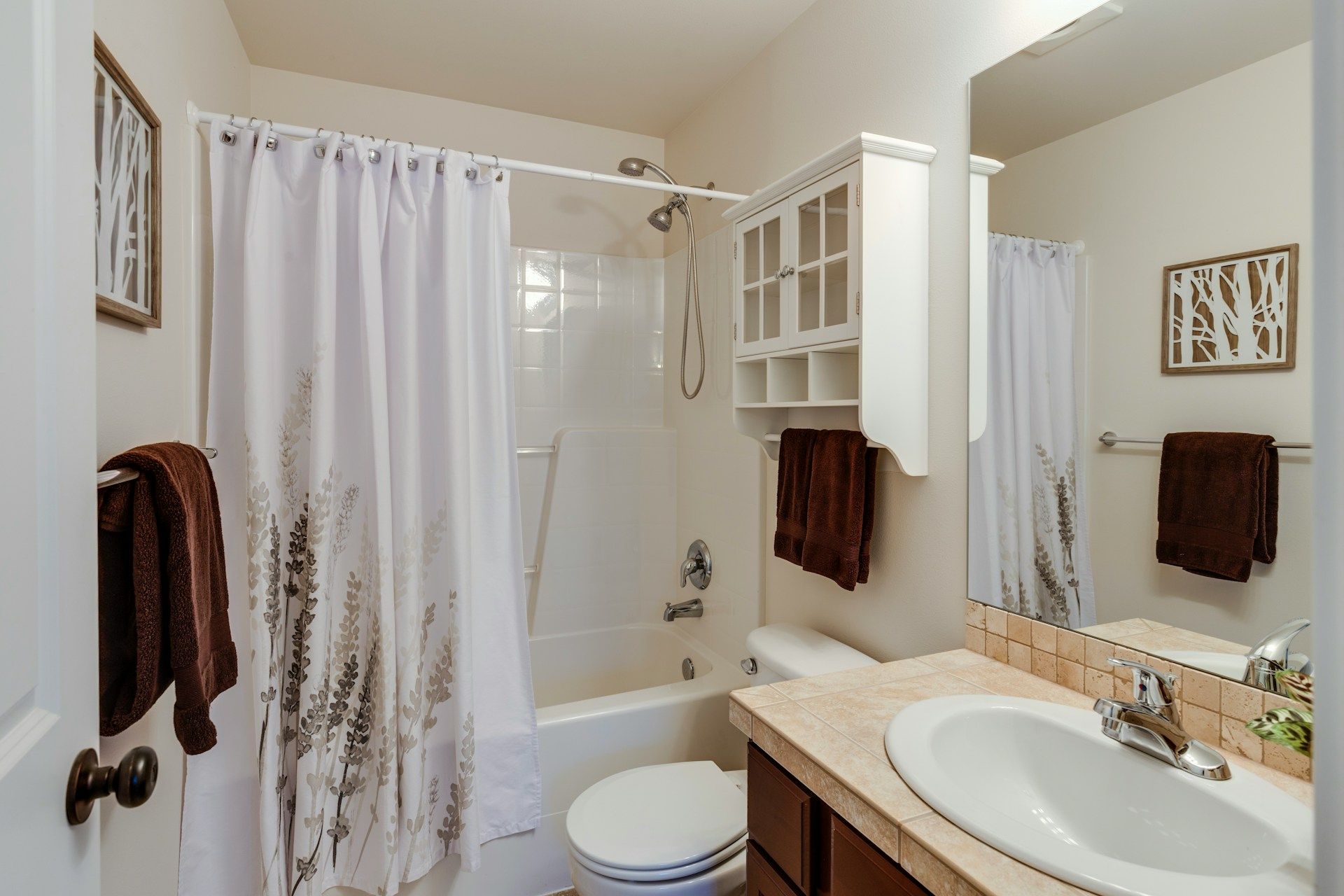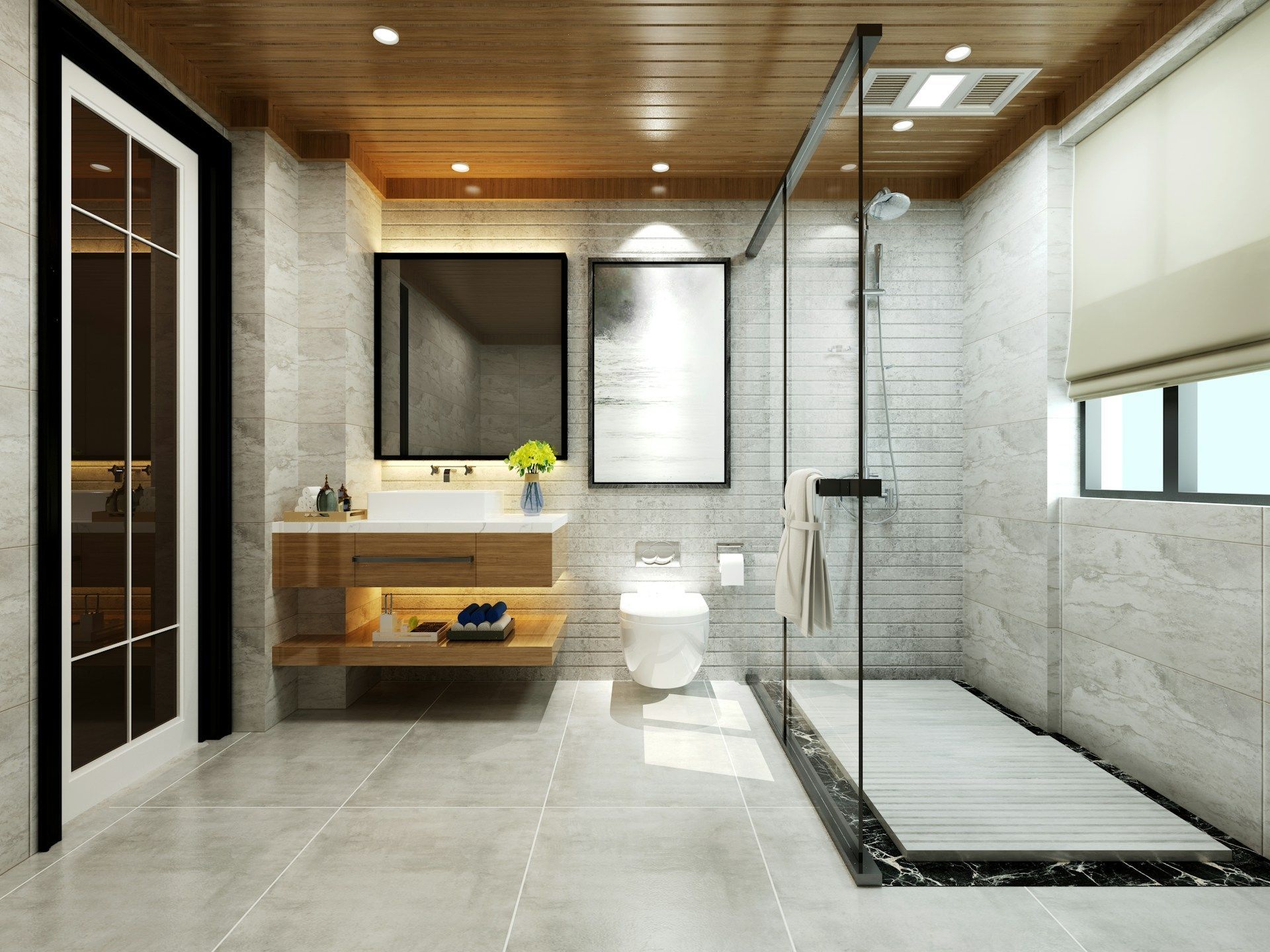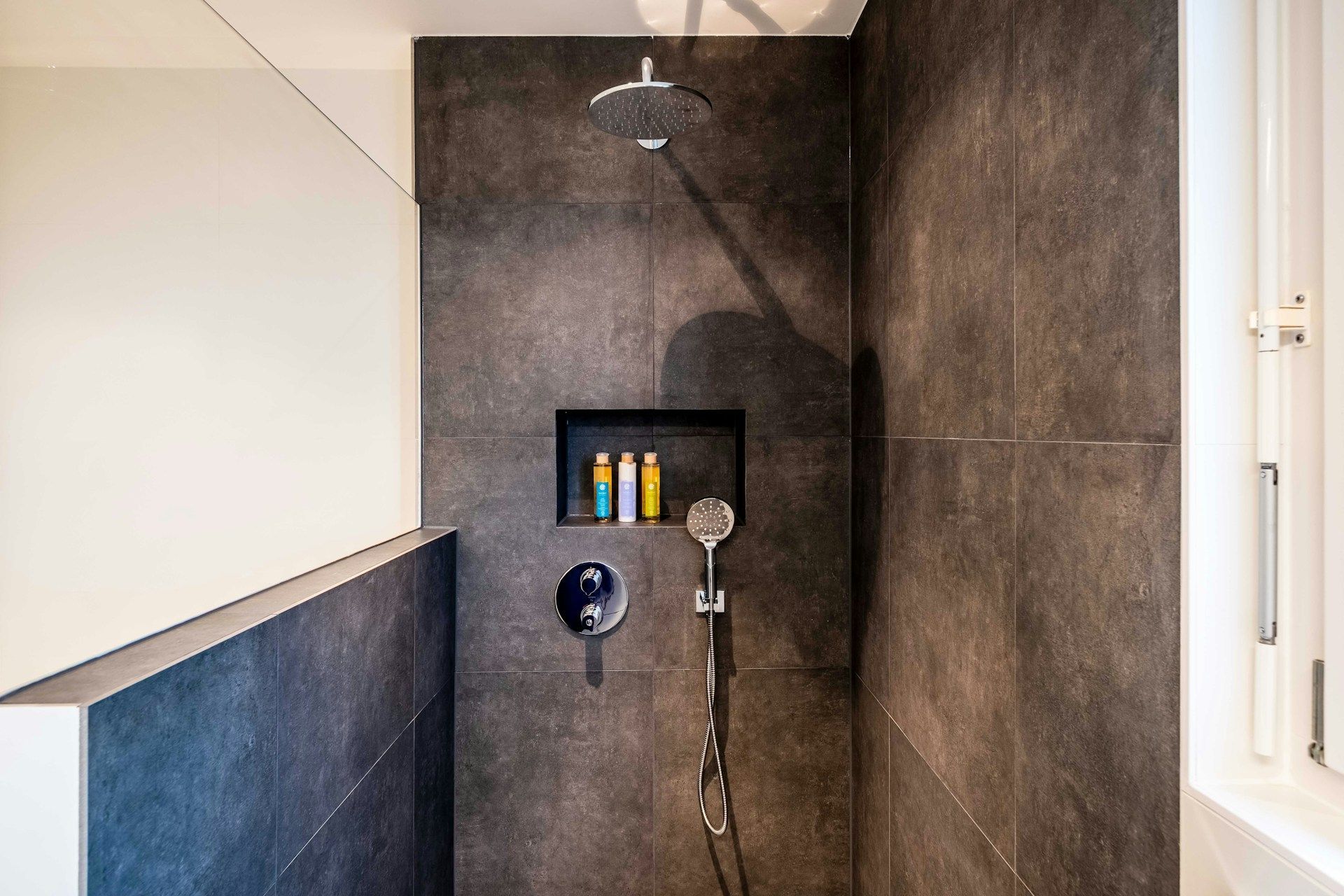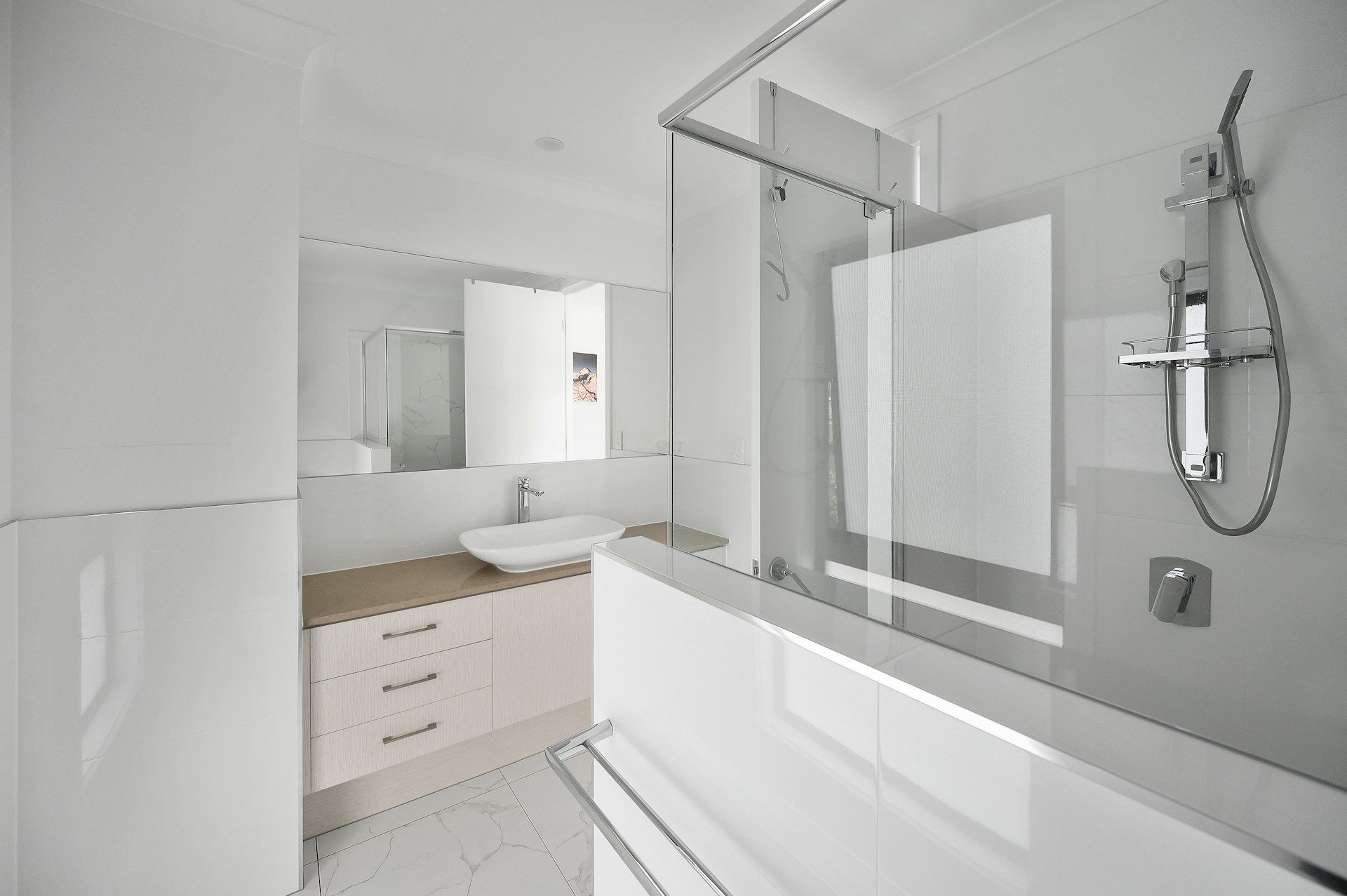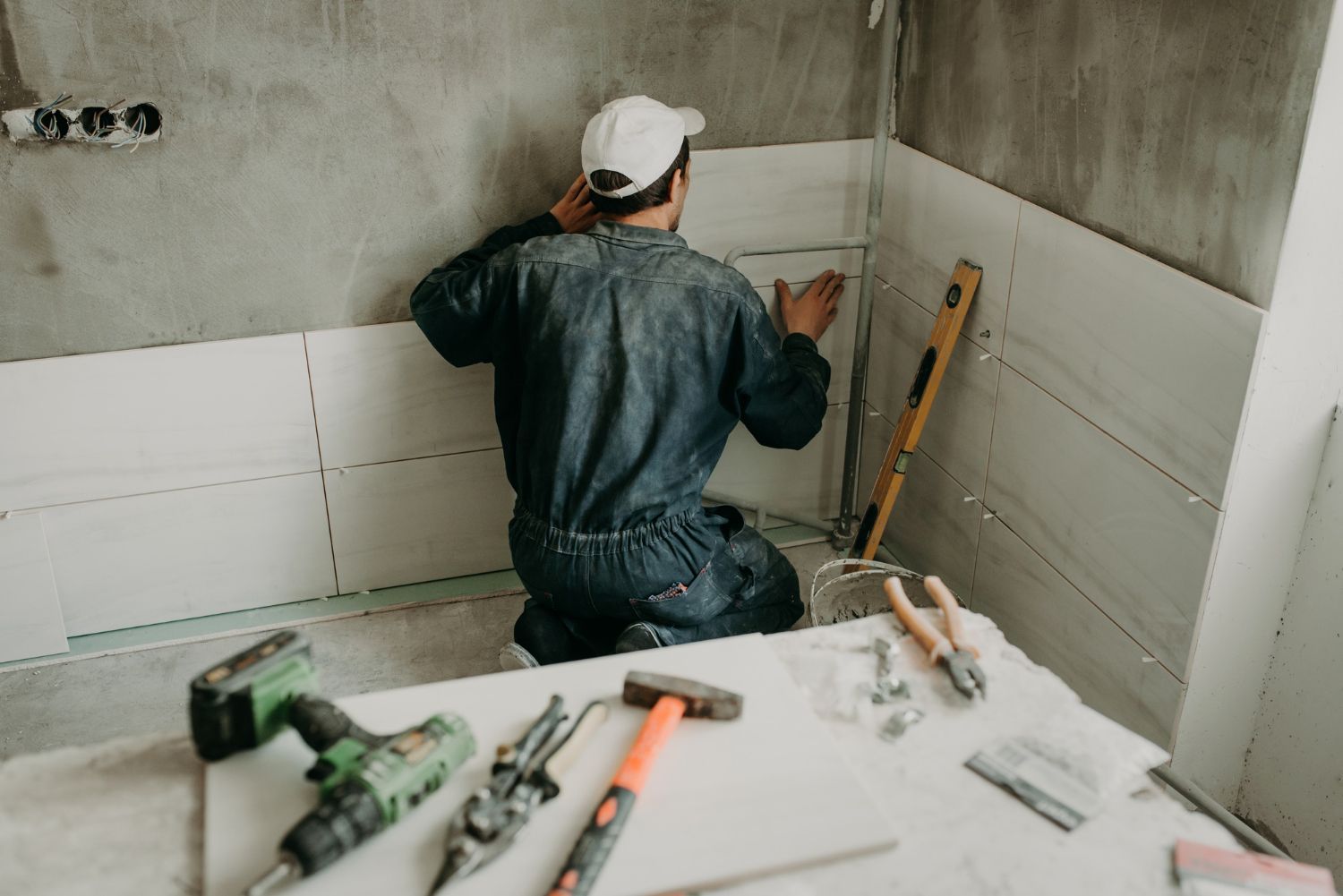EMAIL: info@bathroomremodelingmd.com
PHONE: 443 800-1117
Preventing Bathroom Leaks during Remodeling: A Step-by-Step Guide
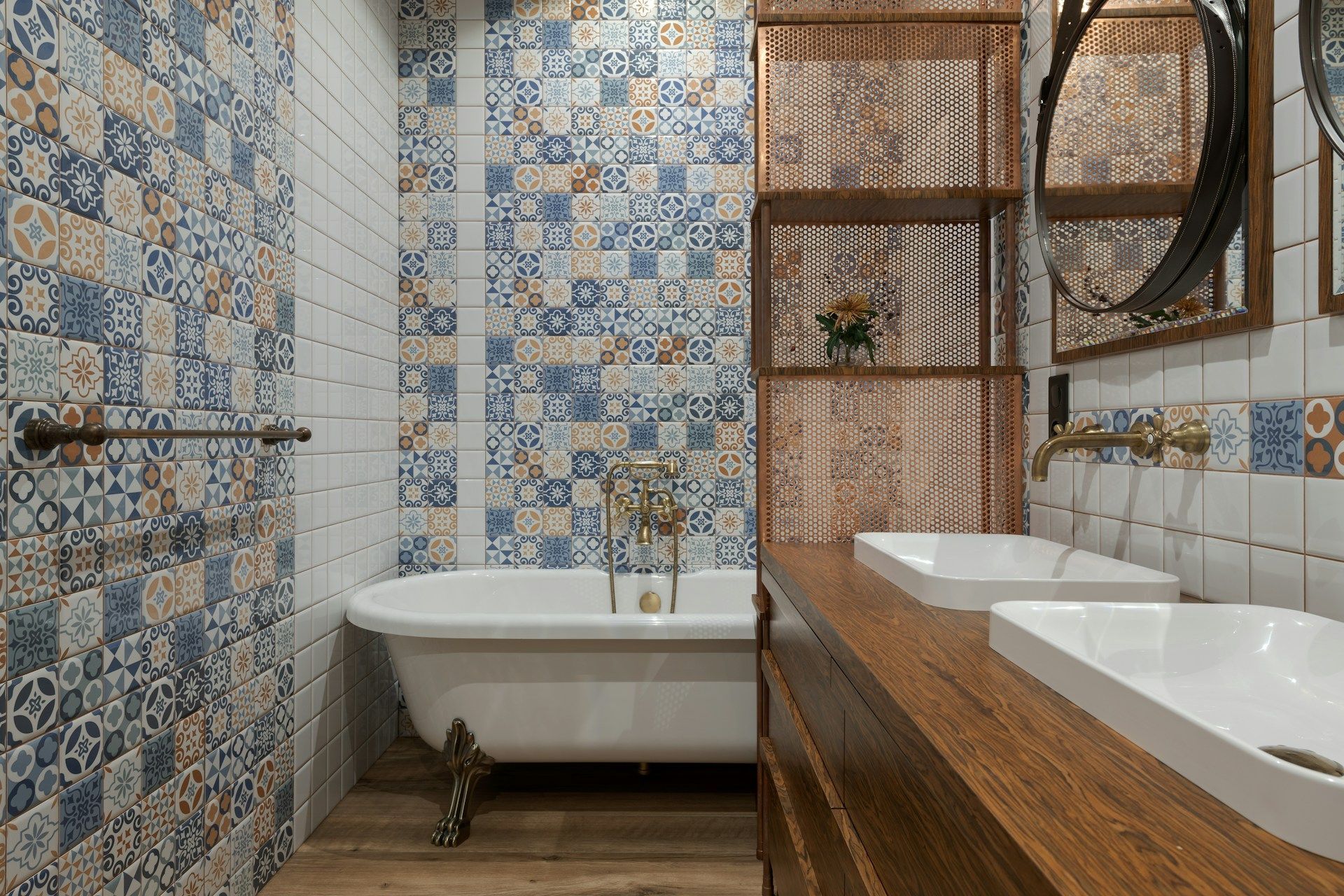
Bathroom remodeling is an exciting project that can transform your home's look and feel. However, it comes with its own set of challenges, including the risk of leaks. Understanding how to prevent these leaks during the remodeling process is essential to avoid costly damage and future problems.
Preventing bathroom leaks not only saves you time and money but also gives you peace of mind, knowing your home is protected. This guide will help you understand the common causes of leaks and provide you with actionable tips to prevent them during your remodeling journey.
Identifying Common Causes of Bathroom Leaks
During a bathroom remodel, understanding the types of leaks that might occur is crucial. Leaks can stem from various sources, and recognizing them early helps in preventing significant damage. One common type of leak arises from faulty plumbing connections. Pipes that aren't sealed correctly can cause gradual drips, leading to water accumulation over time. Additionally, poor caulking around bathtubs and showers can result in leaks, allowing water to seep into walls and floors.
Another type of leak comes from the drainage system. If the drainage pipes are not aligned or are clogged, water can back up and leak. This can cause mold growth and structural issues. It's also important to examine the seals around toilets, sinks, and showerheads, as these areas are prone to water leakage if not properly secured.
Conducting thorough inspections before starting your remodel is essential in identifying potential leak sources. Look for water stains on ceilings, walls, and floors, and check for signs of mold or mildew. Ensure that the plumbing system is in good shape by checking for any loose pipes or connections.
Selecting Quality Materials and Fixtures
Choosing quality materials and fixtures is a major step in preventing bathroom leaks. High-quality materials are more durable and less likely to fail over time. Consider using waterproof materials such as tiles and sealants to protect against water damage. These materials are designed to withstand moisture and reduce the risk of leaks.
Here’s a list of recommended materials and fixtures to prevent leaks:
- Waterproof Tile: Ideal for walls and floors to resist water penetration.
- Durable Seals and Caulks: Ensure gaps around baths and showers are watertight.
- Quality Pipe Fittings: Use corrosion-resistant materials to prevent leaks in plumbing.
When selecting plumbing components, choose durable options that can handle the bathroom’s water pressure. Look for pipes made from copper or PVC, as they are less likely to corrode. Ensure taps and showerheads have secure fittings to avoid any drips.
It's also essential to invest in high-quality faucets and shower valves. These fixtures should have strong seals to keep water from escaping. Opt for brands known for their reliability and long-lasting performance.
Proper Installation Techniques
Ensuring proper installation is key to preventing bathroom leaks during remodeling. Begin with a thorough planning phase to avoid common installation mistakes. This involves carefully measuring your space and accounting for all plumbing requirements. Knowing where pipes and drains are located will help you position fixtures correctly and minimize disruptions.
Follow a step-by-step approach to install fixtures. Start with the plumbing rough-in, which is setting up pipes and water supply lines. This foundation must be leak-proof to ensure reliability. Secure all connections tightly, and use high-quality sealants or tapes for added protection against leaks. Afterward, install the main fixtures, such as toilets, sinks, and bathtubs. Make sure to check each piece for fit and alignment before securing it in place.
Always value professional guidance. Hiring an experienced plumber or contractor can make a significant difference in preventing future leaks. Professionals bring expertise and can spot potential issues before they become serious problems, ensuring your remodel proceeds smoothly. This expert touch provides peace of mind that your installation is robust and reliable.
Regular Maintenance and Early Detection Tips
Maintaining your bathroom proactively helps prevent leaks from sneaking up on you. Establish a routine that includes checking for early signs of leaks. Look for damp spots, water pooling, or mold growth around your fixtures. These are common indicators of a potential leak that needs addressing before it worsens.
Regular inspections should include checking seals around sinks, tubs, and toilets. These areas are prone to wear and tear due to frequent use. Replacing worn-out seals promptly avoids water from escaping. Also, regularly inspect under sinks and behind toilets for any signs of drips or moisture, which could signal an unseen problem.
Adopt effective maintenance practices to extend the lifespan of your bathroom components. Clean drains regularly to prevent clogs that might lead to leaks. Use strainers in sinks and showers to catch debris that could cause blockages. If you have a water softener, keep it maintained to reduce mineral buildup that can damage pipes and fixtures.
Conclusion
Preventing leaks during bathroom remodeling takes careful planning, quality materials, and potent installation techniques. Regular maintenance and vigilant oversight further ensure your bathroom remains in optimal condition.
To make your
bathroom remodeling in Gaithersburg seamless and secure, consider partnering with Bathroom Remodeling Of Maryland, Inc. Our expertise ensures that your bathroom transformation is executed with precision, preventing leaks and enhancing functionality. Reach out to us today, and let us bring your ideal bathroom vision to life with professionalism and care.

Our Company
We specialize in custom bathroom renovations from standard to luxury.
From conception to creation, we make every homeowner’s vision for the perfect bathroom a reality.
Contact Info
Navigation
Subscribe To Our Newsletter
Contact Us
We will get back to you as soon as possible.
Please try again later.
All Rights Reserved | Bathroom Remodeling Of Maryland, Inc.
Website designed by: Designer 1 Media
